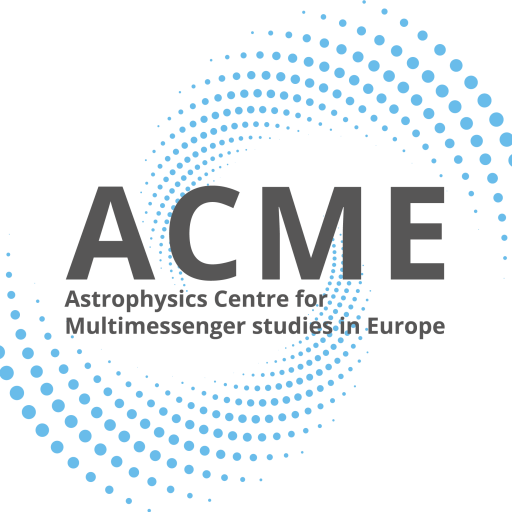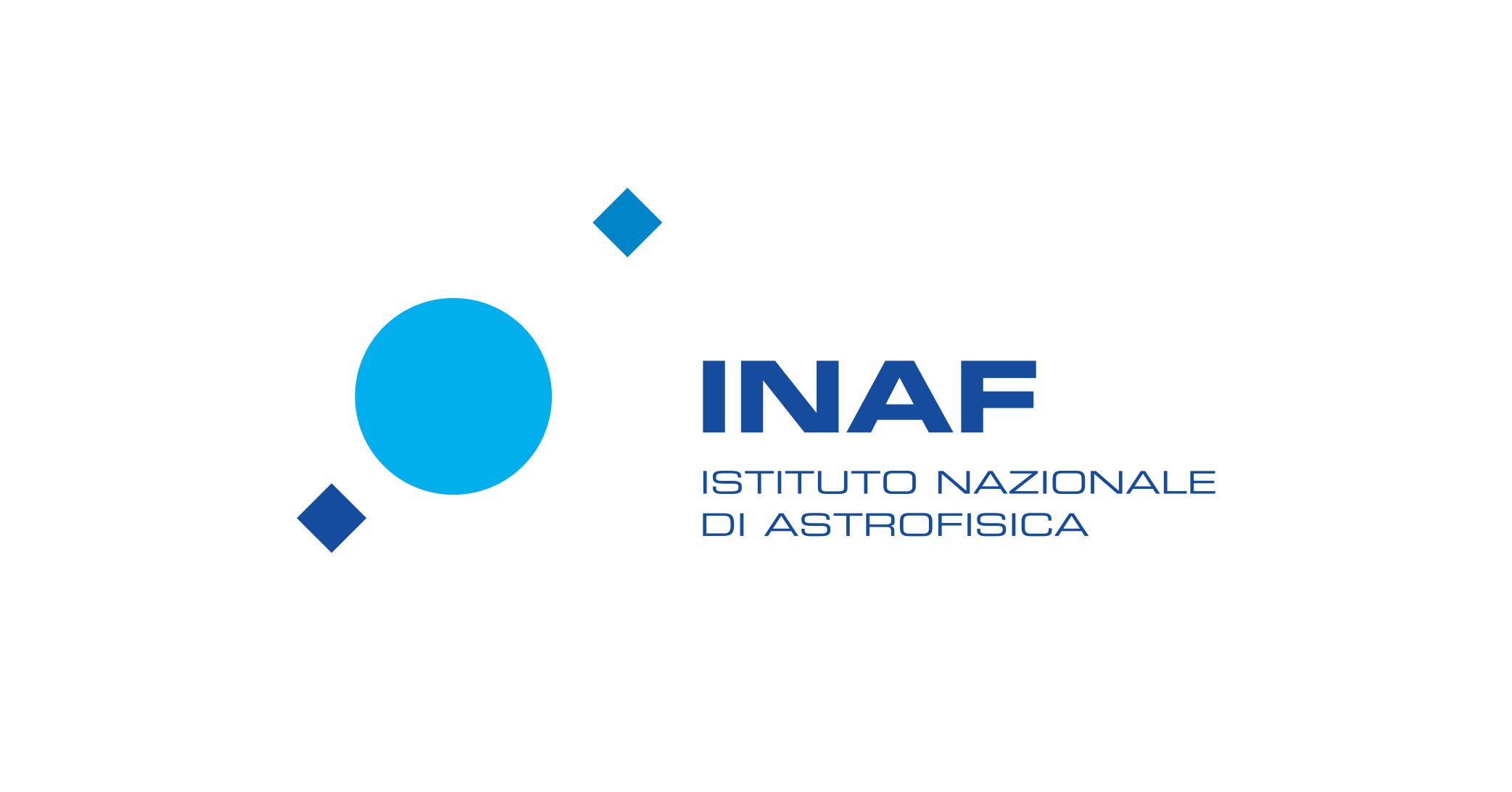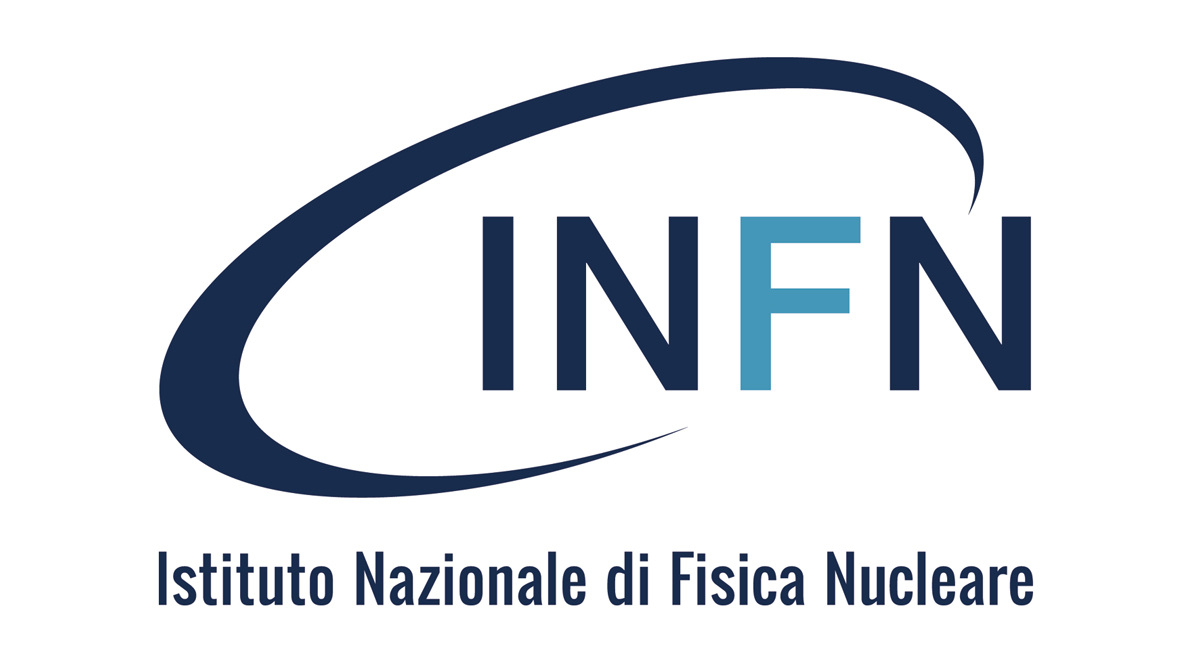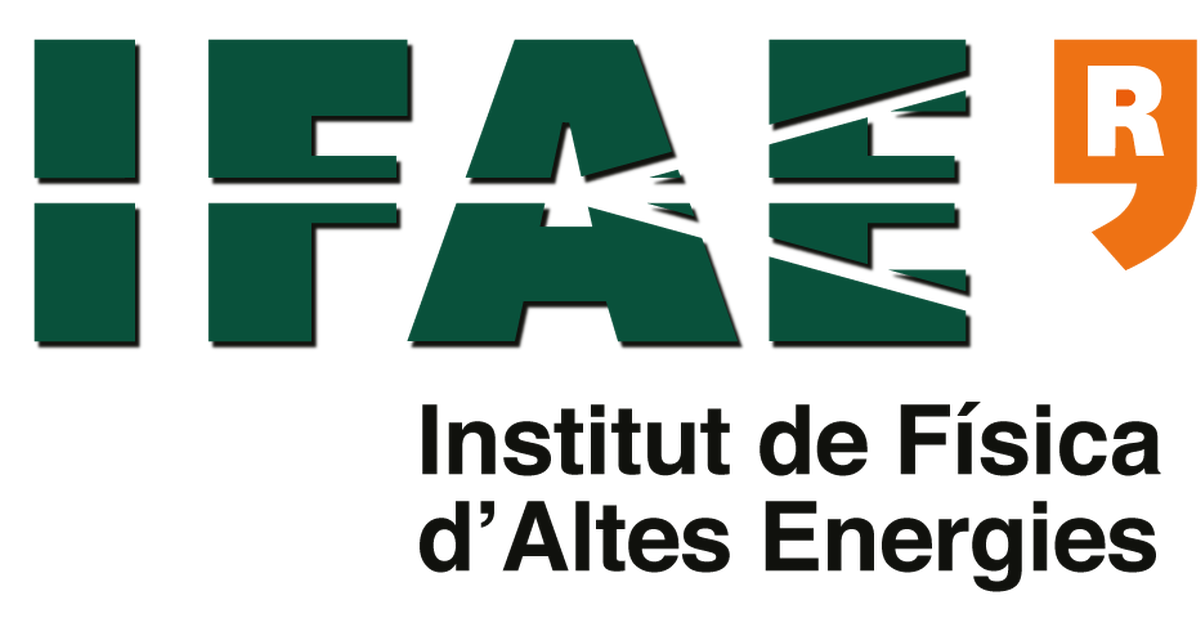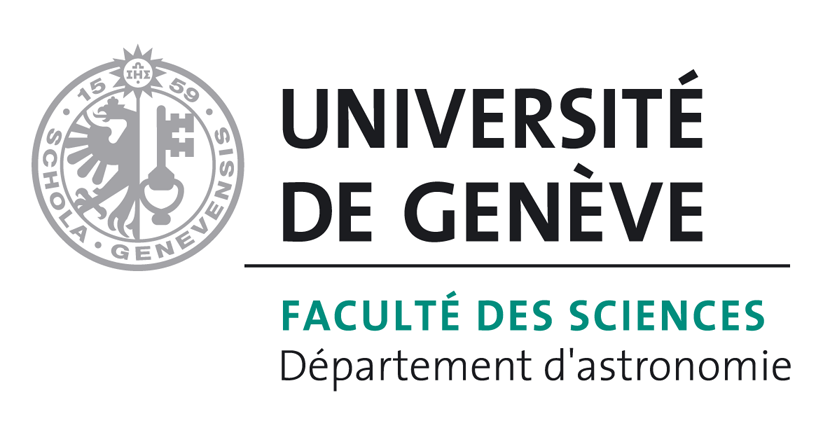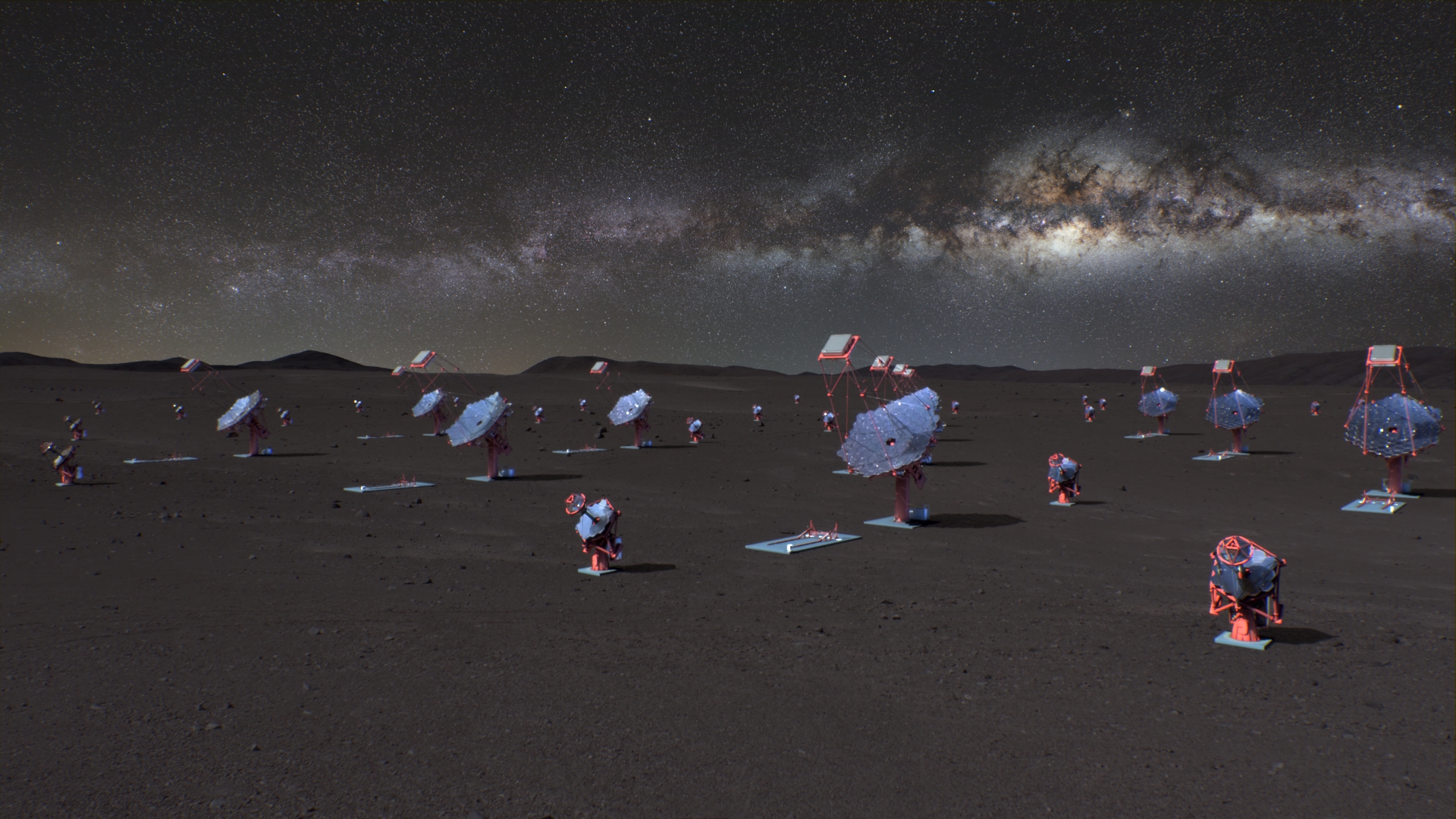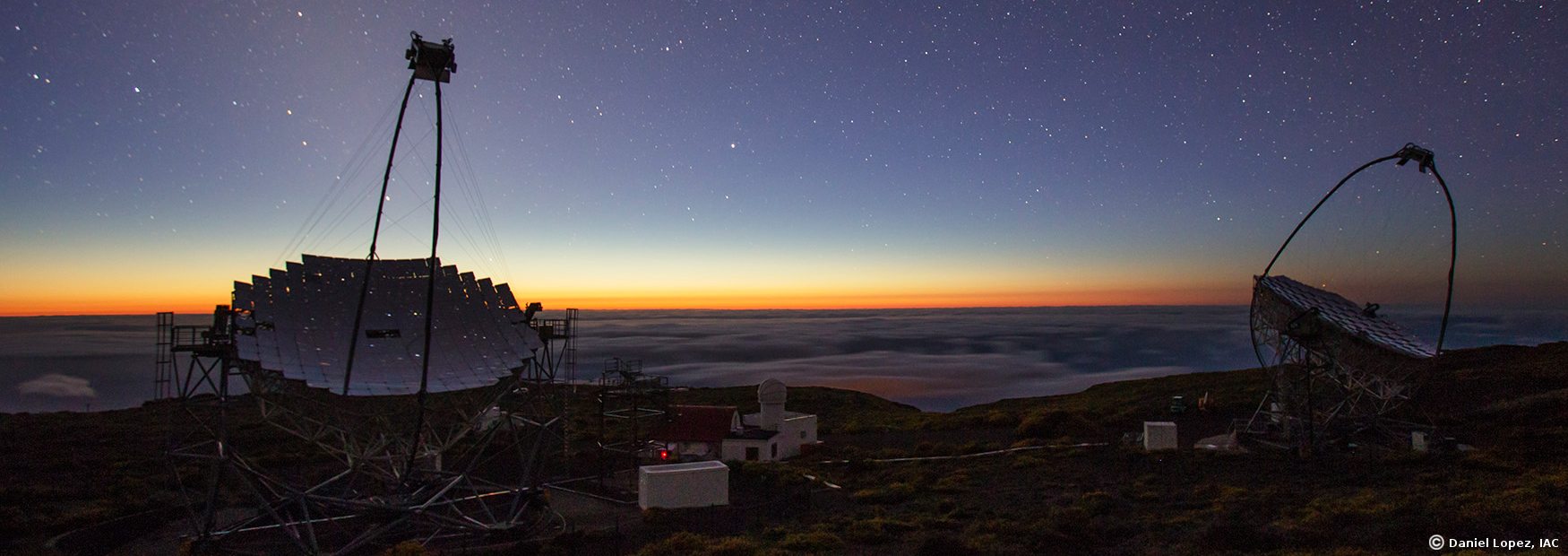Centre of Expertise — Gamma-rays
At high energies (HE, ~100 MeV–100 GeV), gamma rays can be detected directly by satellites like Fermi-LAT. At very-high energies (VHE, >100 GeV), however, gamma rays from cosmic sources become extremely rare. Building space-based detectors large enough to collect enough signal is impractical, requiring vast, costly collecting areas.
Ground-based observatories overcome this using Imaging Atmospheric Cherenkov Telescopes (IACTs), which detect gamma rays indirectly. When a VHE gamma ray enters Earth’s atmosphere, it creates an extensive air shower—a cascade of secondary particles. Travelling faster than light does in air, these particles emit a faint, nanosecond-long flash of Cherenkov radiation. This blue light spreads over ~250 meters and is too fast and faint for the human eye but detectable by fast, sensitive IACT cameras. By imaging this light, telescopes can reconstruct the gamma ray’s origin and energy.
Current IACT arrays include MAGIC (La Palma, Spain), H.E.S.S., and VERITAS. These instruments have matured the field, enabling the detection of over 250 gamma-ray sources across more than ten classes. These sources are an important component of the Universe, influencing the evolution of stars and galaxies. At the same time, they also act as a probe of physics in the most extreme environments known – such as in supernova explosions, and around or after the merging of black holes and neutron stars. Despite this progress, major open questions remain: the origin of Galactic cosmic rays at the highest energies, the nature of dark matter, and the mechanisms behind extreme particle acceleration. Addressing these challenges requires a next-generation observatory.
Now is the ideal time to engage with gamma-ray astronomy. The Cherenkov Telescope Array Observatory (CTAO) is under construction and will offer a tenfold improvement in sensitivity, a broader energy range (~20 GeV–300+ TeV), and unprecedented survey capabilities.
Classes of Gamma-Ray Sources:
- Galactic: Pulsars, Pulsar Wind Nebulae, Supernova Remnants, Gamma-ray Binaries, Microquasars, Novae
- Extragalactic: AGN (especially blazars), Starburst Galaxies, GRBs
Other topics at the intersection of gamma-ray astronomy and fundamental physics include searches for dark matter, axion-like particles, and tests of Lorentz Invariance Violation (LIV). In the realm of cosmology, VHE gamma-ray astronomy can contribute to measurements of the Extragalactic Background Light (EBL) and estimations of the Intergalactic Magnetic Field (IGMF).
List of nodes
CTAO
The Cherenkov Telescope Array Observatory (CTAO) is overseen by the CTAO ERIC (European Research Infrastructure Consortium), a legal entity under EU law created to manage the construction and operation of this next-generation gamma-ray observatory. The CTAO ERIC was...
INAF
The Italian National Institute for Astrophysics (INAF) is responsible for promoting, organizing, coordinating and conducting research activities in the field of astrophysics in Italy, covering a wide range of astrophysical fields, including cosmology, astroparticle...
INFN
INFN is the Italian research agency dedicated to the study of the fundamental constituents of matter and the laws that govern them. It conducts theoretical and experimental research in the fields of subnuclear, nuclear and astroparticle physics. All of the INFN’s...
IFAE
The Institut de Física d’Altes Energies (IFAE) is a consortium of the Generalitat de Catalunya and the Universitat Autònoma de Barcelona (UAB), founded in 1991. Its multidisciplinary efforts cover high-energy particle and astroparticle physics, cosmology, and the...
IRFU
Multi-messenger at IRFU The French Alternative Energies and Atomic Energy Commission (Commissariat à l’Énergie Atomique et aux Énergies Alternatives, CEA), is a public government-funded research organization. The Institute of Research on the Fundamental Laws of the...
APC
The Astroparticule and Cosmology (APC) laboratory was created in 2005 and is co-directed by CNRS and Université Paris-Cité. It includes 220 people whose activities are organised around five scientific groups: cosmology, gravitation, high-energy astrophysics,...
UNIGE
The Department of astronomy of the University of Geneva hosts several projects that are of interest to provide scientific expertise for astrophysical multi-messenger observations. There are four main research directions: Exoplanetary Systems, Stars Formation &...
List of instruments and experiments
CTAO
The Cherenkov Telescope Array Observatory (CTAO) is the next-generation facility for ground-based very-high-energy gamma-ray astronomy. It is overseen by the CTAO ERIC legal entity established in January 2025. This date marks the official start of the project...
MAGIC
TNA Call: The submission deadline is January 23, 2026 at 23:59 UT. For all the details, see: https://magic.mpp.mpg.de/public/magicop/ Major Atmospheric Gamma Imaging Cherenkov (MAGIC) is a system of two 17 m diameter Imaging Atmospheric Cherenkov Telescopes...
List of provided expertises
For any support related to the expertise mentioned below, please register on the Virtual Access platform and submit a ticket to directly engage with an expert.
TBD
List of tools
For any support related to the tools mentioned below, please register on the Virtual Access platform and submit a ticket to directly engage with an expert.
TBD
